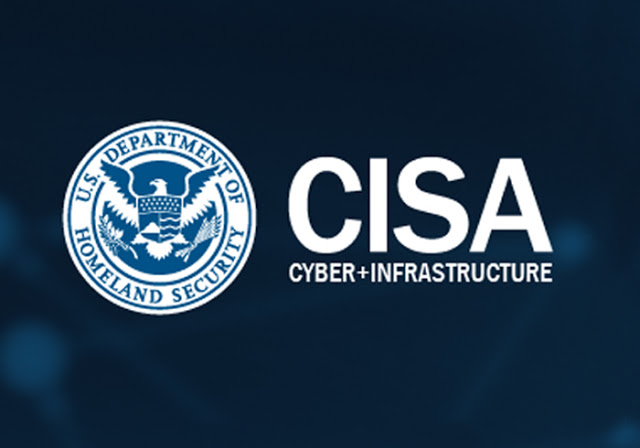CISA: Exploitation of Unitronics PLCs used in Water and Wastewater Systems

Exploitation of Unitronics PLCs used in Water and Wastewater Systems
CISA is responding to active exploitation of Unitronics programmable logic controllers (PLCs) used in the Water and Wastewater Systems (WWS) Sector. Cyber threat actors are targeting PLCs associated with WWS facilities, including an identified Unitronics PLC, at a U.S. water facility. In response, the affected municipality’s water authority immediately took the system offline and switched to manual operations—there is no known risk to the municipality’s drinking water or water supply.
WWS Sector facilities use PLCs to control and monitor various stages and processes of water and wastewater treatment, including turning on and off pumps at a pump station to fill tanks and reservoirs, flow pacing chemicals to meet regulations, gathering compliance data for monthly regulation reports, and announcing critical alarms to operations.
Attempts to compromise WWS integrity via unauthorized access threaten the ability of WWS facilities to provide clean, potable water to, and effectively manage the wastewater of, their communities.
The cyber threat actors likely accessed the affected device—a Unitronics Vision Series PLC with a Human Machine Interface (HMI)—by exploiting cybersecurity weaknesses, including poor password security and exposure to the internet. To secure WWS facilities against this threat, CISA urges organizations to:
- Change the Unitronics PLC default password—validate that the default password “1111” is not in use.
- Require multifactor authentication for all remote access to the OT network, including from the IT network and external networks.
- Disconnect the PLC from the open internet. If remote access is necessary, implement a Firewall/VPN in front of the PLC to control network access to the remote PLC. A VPN or gateway device can enable multifactor authentication for remote access even if the PLC does not support multifactor authentication. Unitronics also has a secure cellular based longhaul transport device that is secure to their cloud services.
- Back up the logic and configurations on any Unitronics PLCs to enable fast recovery. Become familiar with the process for factory resetting and deploying configurations to a device in the event of being hit by ransomware.
- If possible, utilize a TCP port that is different than the default port TCP 20256. Cyber actors are actively targeting TCP 20256 after identifying it through network probing as a port associated to Unitronics PLC. Once identified, they leverage scripts specific to PCOM/TCP to query and validate the system, allowing for further probing and connection. If available, use PCOM/TCP filters to parse out the packets.
- Update PLC/HMI to the latest version provided by Unitronics.
CISA and WWS Sector partners have developed numerous tools and resources that water utilities can use to increase their cybersecurity. Please visit:
- CISA: Water and Wastewater Cybersecurity
- EPA: Cybersecurity for the Water Sector
- WaterISAC: Resource Center
- American Water Works Association: Cybersecurity and Guidance
Report
All organizations should report suspicious or criminal activity related to information found in this Alert by contacting CISA’s 24/7 Operations Center at [email protected] or (888) 282-0870, or your local FBI field office.
A considerable amount of time and effort goes into maintaining this website, creating backend automation and creating new features and content for you to make actionable intelligence decisions. Everyone that supports the site helps enable new functionality.
If you like the site, please support us on “Patreon” or “Buy Me A Coffee” using the buttons below
To keep up to date follow us on the below channels.

![[CLOAK] - Ransomware Victim: Pe*************[.]lk 2 image](https://www.redpacketsecurity.com/wp-content/uploads/2024/09/image-300x300.png)